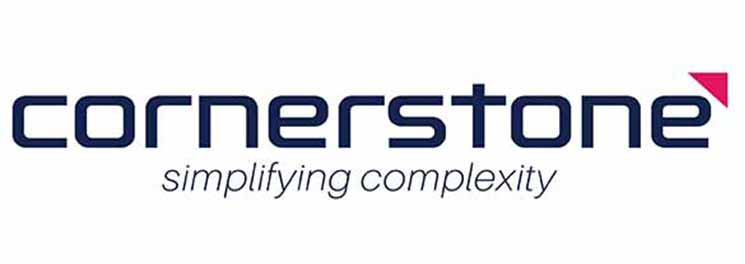
Accelerating Success: Can You Deliver Two Supply Chain Improvement Projects in the Next Six Months?
Supply Chain transformation projects have a tricky reputation for being long, complex and prone to failure. They don’t have to be, with the right tools in place.
“Begin with the end in mind”: When Stephen Covey wrote those words in The 7 Habits of Highly Effective People, way back in 1989, he brought the concept of longer-term goal setting into the general consciousness. Of course, 35 years later, it’s hardly a novel or groundbreaking concept – particularly in the world of business.
Most Finance and Supply Chain leaders understand the importance of having a long-term view of how you are going to drive improvement in key areas of the business. You might think of this as your “flag on the hill”: that is, where you hope to end up in three or five years’ time.
However, we frequently see challenges arise when it comes to getting from point A (today) to point B (your flag on the hill). These challenges include how to actually get there, as well as keeping your people energised, focused and engaged throughout the journey.
This is why we love the carved elephant approach to project delivery. By breaking down a larger transformation program into manageable stages, with each stage delivering tangible benefits that can be integrated into BAU, you’ll be able to demonstrate clear progress towards the end goal over shorter-term horizons.
It’s incredibly hard to start with a three-to-five year goal and draw up detailed plans for such a long-range time frame. There are simply too many variables and dependencies, both internal and external, to be that accurate. In our experience, very detailed long-range planning can become redundant (and therefore wasted effort) over time – no matter how sound the “flag on the hill” objectives may be.
It is not uncommon for analogies to be drawn between business strategy and military strategy. Coming from the world of warfare, we have the concept of “no plan survives contact with the enemy”. The same is true in the world of project delivery, where things can (and do) go astray from your designated plans – with great frequency.
However, if you’re talking about a timeframe of months, rather than years, you can start each project with a clear and detailed roadmap to get there.
In other words – when you tackle your elephant, one bite at a time, you’re not only starting with the end in mind, you can start each of those “bites” with detailed plans in your hand for the next few months, and high confidence in the accuracy of those plans .
More confidence means less risk, and compressed time frames mean a quicker path to demonstrate the value you’ve delivered. It’s a win-win all around.
Supply chain applications
From a supply chain perspective, there are some clear “chunks” that can be carved off most elephants to drive ongoing improvement. We commonly see longer-term transformation or improvement programs broken down into five key areas: inventory health, demand planning, trade promotions, supply planning, and S&OP.
While there will always be variations in the environment, the good news is that the planning for projects can be broken down into relatively standardised chunks. One of the benefits of working with a specialist partner or external expertise is their ability to bring capabilities and tools that will help your team identify where there are quick wins, as well as what is needed for more strategic implementation to address the critical pain points. Often, they will be able to look at your data and business objective to pinpoint the critical elements to resolve and how best to resolve them.
The data gathering, analysis and planning process for projects can take months in itself if done manually – without even reaching project kick-off. However, with the right analytical and planning tools and expertise supporting you, we believe you can reasonably expect to shave further time off your six-to-nine month project horizon.
Imagine being able to deliver one or even two (small i) innovation projects over the next six months, rather than a tiny part of a bigger project, each of which demonstrates immediate value against one of the five key areas outlined above.
Let’s start with inventory health
The number one challenge we hear from new clients is inventory management. It’s hardly surprising given the operational and supply chain disruptions we’ve been experiencing over the past few years. For most organisations, a short project focused on the analysis of inventory health and management is going to be a reasonable place to start in 2024, particularly if you are experiencing any (or all) of the following:
With the right tools and support in place, these inventory challenges can be resolved relatively quickly and with minimal disruption, with the improvements integrated into BAU in the space of a few months. Depending on priorities, the next step would then be to move on to one of the other key areas (demand planning, trade promotions, supply planning, and S&OP).
Think of it this way. If you get things moving on your first project in the next month, you could easily have your inventory challenges solved within the next six, and even be underway on a project to enhance your demand planning capabilities.
How is that for a couple of tasty bites of the elephant?
Cornerstone Performance Management are enablers of change and transformation in Supply Chain, Information Management, Financial Planning & Analytics, Management Consulting, Project Management, and Managed Application Services. Meet our team or reach out to have a discussion today.





